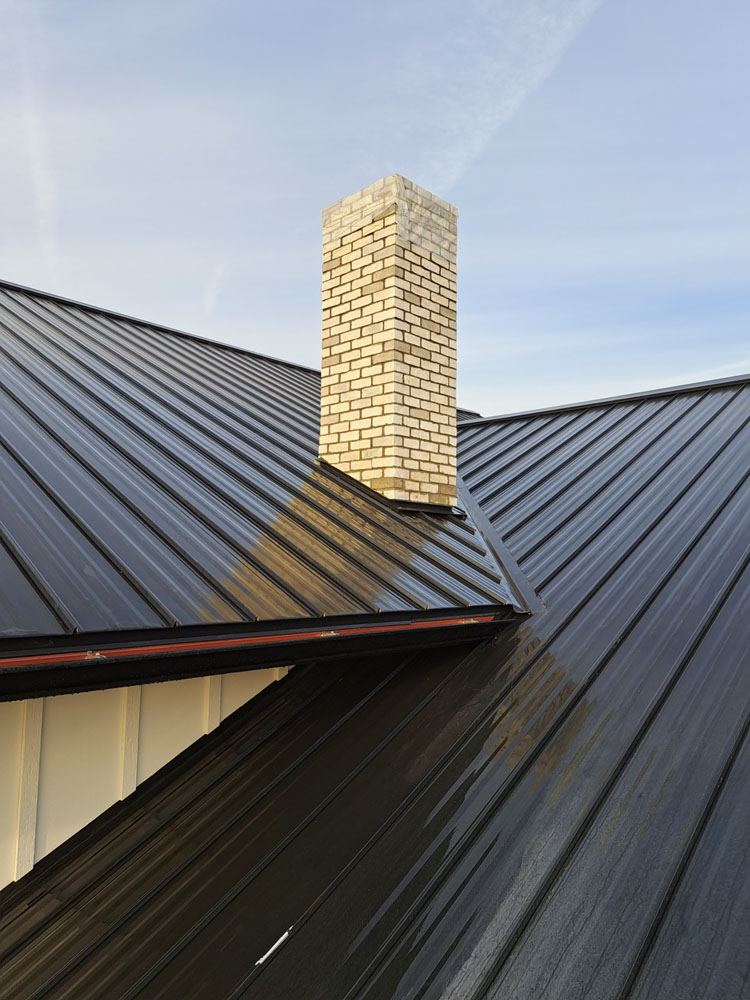Introduction
Masonry contractors play a pivotal role in the restoration of historic buildings, serving as the custodians of our architectural heritage. These professionals are not just bricklayers; they are artisans who bring age-old techniques into modern practice while respecting the original craftsmanship. However, the journey to restoring these iconic structures is fraught with challenges that require not only technical expertise but also creativity, patience, and a deep understanding of historical context. In this article, we will explore the various challenges faced by masonry contractors in historic building restorations, delving into their complexities and offering insights into overcoming them.
Challenges Faced by Masonry Contractors in Historic Building Restorations
Restoring historic buildings involves more than just repairing walls; it’s about preserving history. Masonry contractors encounter unique obstacles that can make or break a project.
Understanding Historical Significance
What Makes Historical Buildings Unique?
Historical buildings tell stories about our past, showcasing architectural styles and construction techniques from different periods. They serve not just as structures but as cultural landmarks that connect us to our history.
Why Is Historical Preservation Important?
Preserving these edifices helps maintain cultural identity and fosters community pride. It can also contribute to economic growth through tourism and revitalization efforts.
Assessing Structural Integrity
The Importance of Structural Assessment
Before any restoration work begins, a thorough assessment of the building's structural integrity is crucial. This often reveals hidden issues that may complicate the restoration process.
Common Issues Found in Historic Buildings
- Cracks and Settling: Over time, many historic buildings have settled or developed cracks that need careful examination. Water Damage: Often caused by inadequate drainage or roofing systems. Pest Infestation: Termites and other pests can compromise structural integrity.
Material Compatibility Challenges
Selecting Appropriate Materials
One of the most significant challenges masonry contractors face is finding materials that match the original construction. Using modern materials can sometimes lead to further damage.
Natural vs. Synthetic Materials
- Natural Stone: Often used in original constructions; however, sourcing can be difficult. Synthetic Options: While easier to obtain, they may not provide the same aesthetic or longevity.
Adhering to Preservation Standards
Understanding Local Regulations
Each locality has its own set of preservation guidelines that must be followed during restorations. Ignoring these can lead to fines or project delays.
National Register of Historic Places Criteria
To qualify for funding or grant opportunities, contractors must comply with specific standards set by organizations such as the National Park Service.
Technology Integration
Benefits of Modern Technology
While traditional methods are essential, incorporating technology like 3D scanning or drone photography can streamline assessments and planning phases.
Challenges with Technology Adoption
Many masonry contractors may lack access to advanced tools or training necessary for effective integration into their workflows.
Project Management Difficulties
Complexities in Scheduling
Historic restoration projects often involve multiple stakeholders—government agencies, preservation societies, and local communities—which can complicate scheduling and communication efforts.
Budget Constraints
Funding for restoration projects is often limited; therefore, masonry contractors must be adept at managing budgets while ensuring high-quality outcomes.
The Role of Communication in Restoration Projects
Effective communication among all parties involved—including architects, engineers, and clients—is vital for successful project execution. Regular updates help manage expectations while fostering collaboration.
Navigating Weather Conditions
Seasonal Challenges
Weather plays a significant role in masonry work. Rain, snow, and extreme temperatures can halt progress or affect material https://www.bizmakersamerica.org/newberg-oregon/professional-services/ramos-masonry-construction-company performance.
Strategies to Mitigate Weather Risks
Contractors should plan projects around seasonal forecasts and employ protective measures during inclement weather to safeguard work-in-progress.

Addressing Client Expectations
The Balancing Act between Authenticity and Modern Needs
Clients often desire modern conveniences within historically accurate frameworks. Striking this balance requires diplomacy and innovative solutions from masonry contractors.
Common Techniques Used in Restoration Work
Repointing: Replacing old mortar joints with new mortar. Stone Replacement: Carefully replacing damaged stones with matching materials. Cleaning Techniques: Using non-abrasive methods to clean surfaces without damaging historical features. Structural Reinforcement: Adding support discreetly without altering appearances significantly.Regulatory Frameworks Impacting Masonry Contractors
Understanding Masonry Contractor local zoning laws and historical preservation regulations is crucial for masonry contractors working on restoration projects to avoid legal pitfalls.
Interdisciplinary Collaboration
Collaborating with historians, architects, and engineers enhances project outcomes while promoting innovative solutions tailored specifically to each structure's needs.
Safety Protocols for Restoration Projects
Ensuring safety on-site is paramount due to inherent risks involved with working on older structures which may have unstable elements or hazardous materials like asbestos.
Environmental Considerations in Masonry Restoration
Sustainability matters now more than ever. Many masonry contractors are adopting environmentally friendly practices such as using reclaimed materials or low-impact cleaning solutions during restorations.
FAQs About Challenges Faced by Masonry Contractors in Historic Building Restorations
What are common obstacles faced during historic restorations?- Common obstacles include structural integrity issues, material compatibility challenges, budget constraints, weather impacts, and regulatory compliance requirements.
- They conduct thorough research on historical methods used during original construction and source compatible materials whenever possible.
- Technology helps improve assessments through 3D modeling and drones while facilitating better planning processes.
- Yes! Many federal and state programs offer financial assistance for qualifying restoration projects aimed at preserving historical sites.
- Clients should communicate their vision clearly from onset while remaining flexible regarding potential challenges encountered along the way.
- A skilled masonry contractor should have strong knowledge of historical building techniques along with excellent problem-solving abilities related to unforeseen issues that arise during restorations.
Conclusion
The challenges faced by masonry contractors in historic building restorations are multifaceted yet surmountable with expertise and diligence. Each obstacle presents an opportunity for learning—enhancing both skills and knowledge about our shared architectural heritage along the way! Through effective communication strategies coupled with technological adoption plus interdisciplinary collaboration efforts; successful outcomes become attainable even amidst adversity! By understanding these challenges comprehensively; we contribute towards preserving our past while enriching future generations' experiences—one brick at a time!